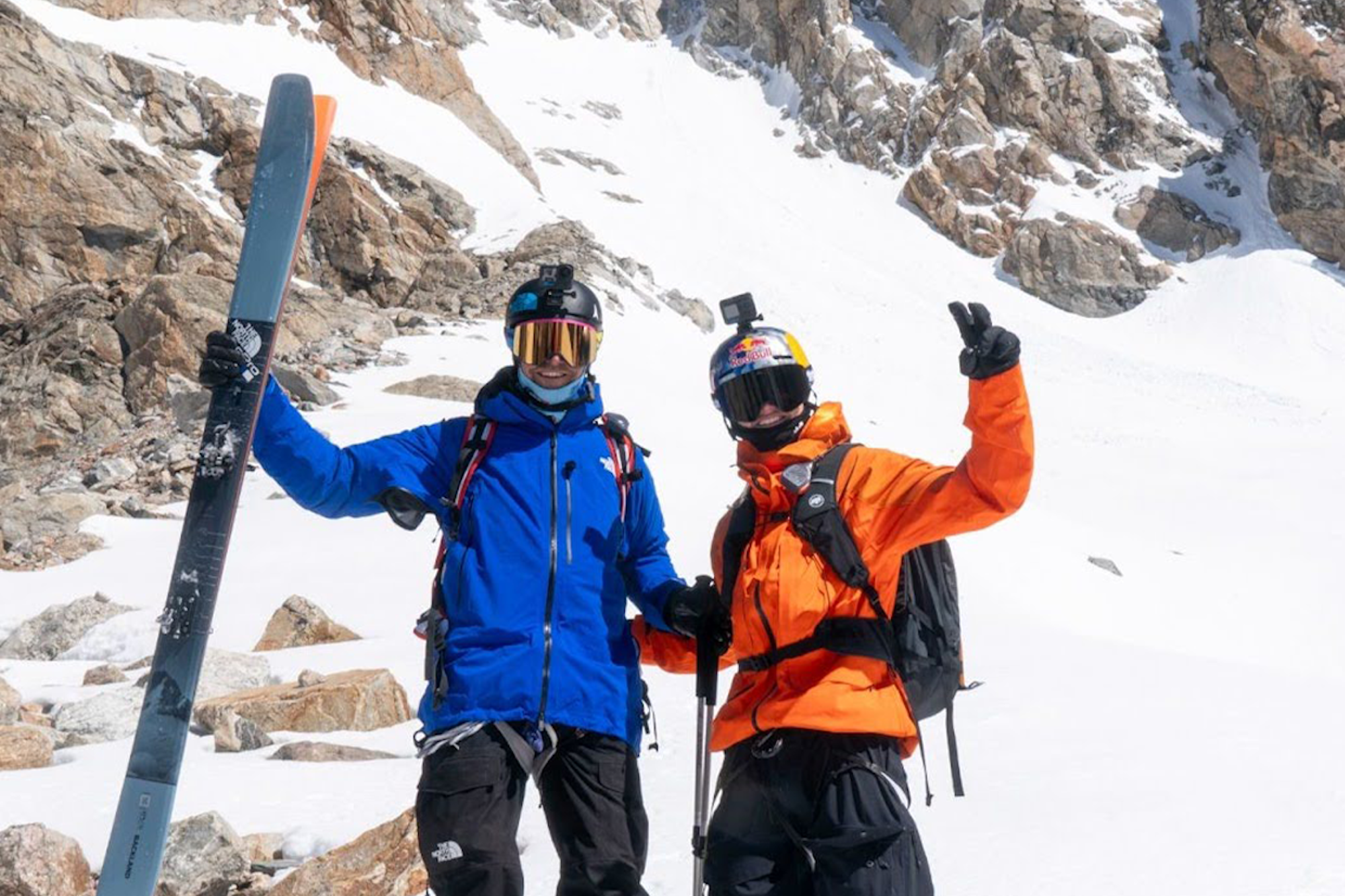Featured Image: Chris Figenshau, Teton Gravity Research | Skiers: Nick McNutt & Kai Jones
Words: Jordy Grant-Krenz
A group of Teton Gravity Research athletes recently made history on one of the most storied ski mountaineering routes in the world. On May 30th, Kai Jones became the youngest to climb and ski the Otter Body. Cascading off of the front face of the Grand Teton, setting such a record on this route is extraordinary.
Late spring and early summer bring some of the most ideal conditions in the high alpine for ski mountaineers. Intrepid skiers and climbers flock to the peaks in search of lines that are only accessible at certain times of the year, and in no place is this more evident than in the action sports mecca of Jackson Hole, Wyoming. By touring across valleys, scaling rock and ice, and rappelling down massive cliff faces, these human anomalies make their way through terrain that appears inaccessible to the untrained eye. At the tail end of May 2024, Kai Jones, Nick McNutt, Doug Workman and Adam Fabrikant set out to etch their names alongside those of legend as they took on the Otter Body.
This heart-pounding route was pioneered by Workman nearly 20 years ago, as he was one of the first to ski it along with the legendary Doug Coombs. (Click here to watch Coombs and Workman navigate Otter Body two decades ago. A crucial piece of ski history right here!) He made the third officially documented descent of the Otter Body in 2005 and joined this all-star crew this spring to lend his expertise. After all, Workman is one of the most legendary guides in Grand Teton National Park. The group numbered four in total, and while it was Jones who made history, it wouldn’t have happened without the other team members. Adam Fabrikant and Nick McNutt are icons in their own right, with McNutt putting out several fantastic freeski segments with Teton Gravity Research over the last decade.
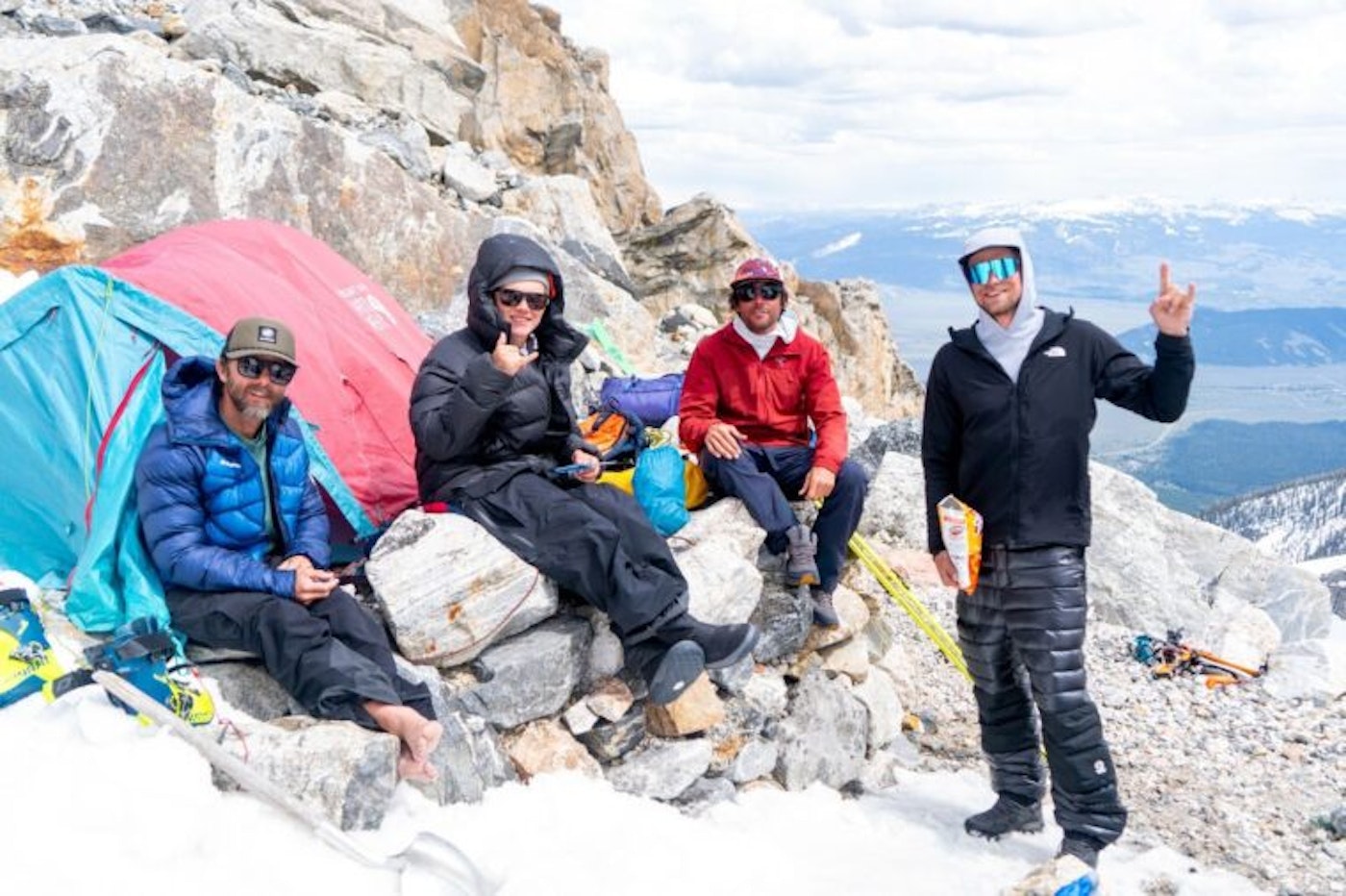
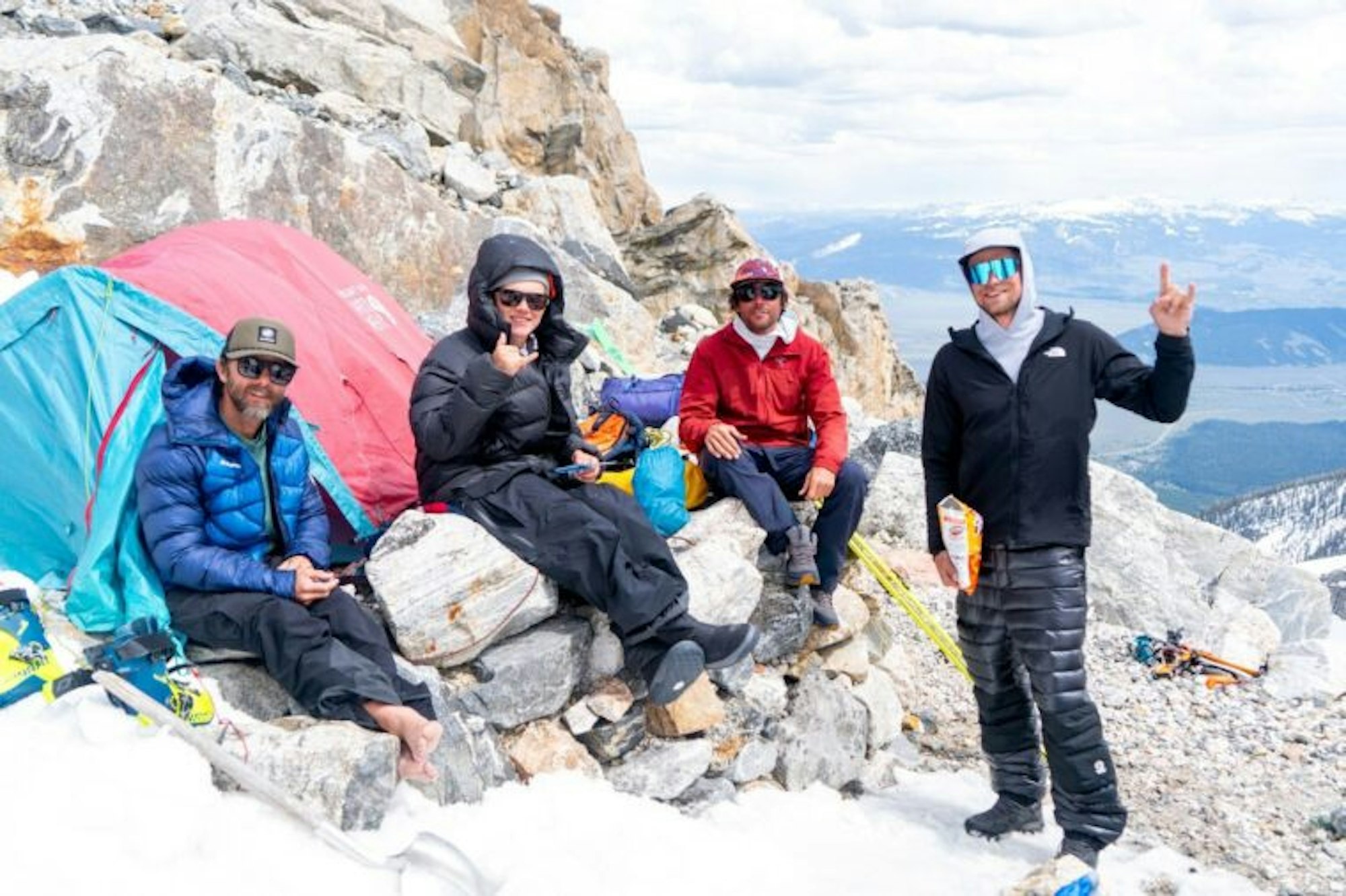
The crew. From left to right, Doug Workman, Kai Jones, Adam Fabrikant and Nick McNutt | PHOTO: Chris Figenshau, TGR
The Otter Body is one of the world’s classic ski mountaineering routes. Type it into a Google search and you’ll see headlines such as, “The Mythical Otter Body” and “The Otter Body Experience.” The inaugural descent was back in 1996 by Doug Coombs and Mark Newcomb. The route was further explored and pioneered by Coombs and Workman in 2004/05, and first skied by a female in 2013 by the one and only Kim Havell. In a 2005 short film documenting Coombs and Workman on the Otter Body, Coombs expressed his obsession with the line by saying, “It can be skiable for literally one week out of the whole year. Sometimes it’s [skiable for] one day. Sometimes it’s not skiable. I’ve seen it not skiable for five, six years in a row. We stare at this thing day after day after day, and suddenly, poof, it’s ready.”
The lore surrounding the Otter Body likely stems in part from the fact that it sits on the front face of the Grand Teton. The southeastern-looking cluster of rock and snow stares directly at anyone observing the Tetons from the valley north of Jackson, WY. It’s impossible to miss and, in a way, that makes it all the more magnetizing. The crowning descent off The Grand has an intimidating and demanding ascent, a steep ski and a mandatory, technical rappel. The massive snowfield at the top of the line sits above a several hundred-foot cliff. It’s the type of obstacle that must be carefully rappelled and would surely result in death if a skier were to be nudged over by any of the myriad of possible hazards, from fast sluff to an avalanche or tumbling rock releasing from above.
“The descent starts with steep skiing down the exposed East Face from the summit, leading to a mandatory rappel onto a snowfield shaped like an otter’s body. Following this section, the route requires another series of rappels onto the Teepee Glacier snowfield, which offers another incredible skiing pitch. This run is regarded as one of the most demanding and prestigious ski descents in the Teton Range and possibly all of North America.” – Otter Body route description from Teton Gravity Research
When considering all that could go wrong and the conditions that must align, it makes this epic feat of ski mountaineering even more impressive. As a Jackson Hole local, Kai Jones had been gazing at this line for years. He coordinated with Workman to devise a plan, which would also involve skiing prominent lines from the top of the Middle and South Teton over the span of two days. It was an experience of irreplaceable mentorship. “It was so amazing to be out there with Doug, Adam and Nick and to pull all of this off,” said Jones. “Considering everything I had fought through over the last year plus, this was the most surreal experience of my life and also the most rewarding.” The 18-year-old phenom shattered both his legs just 15 months ago in the Wyoming backcountry. After a shockingly quick recovery and an immeasurable amount of determination, he is now the youngest to ever climb and ski this iconic route.
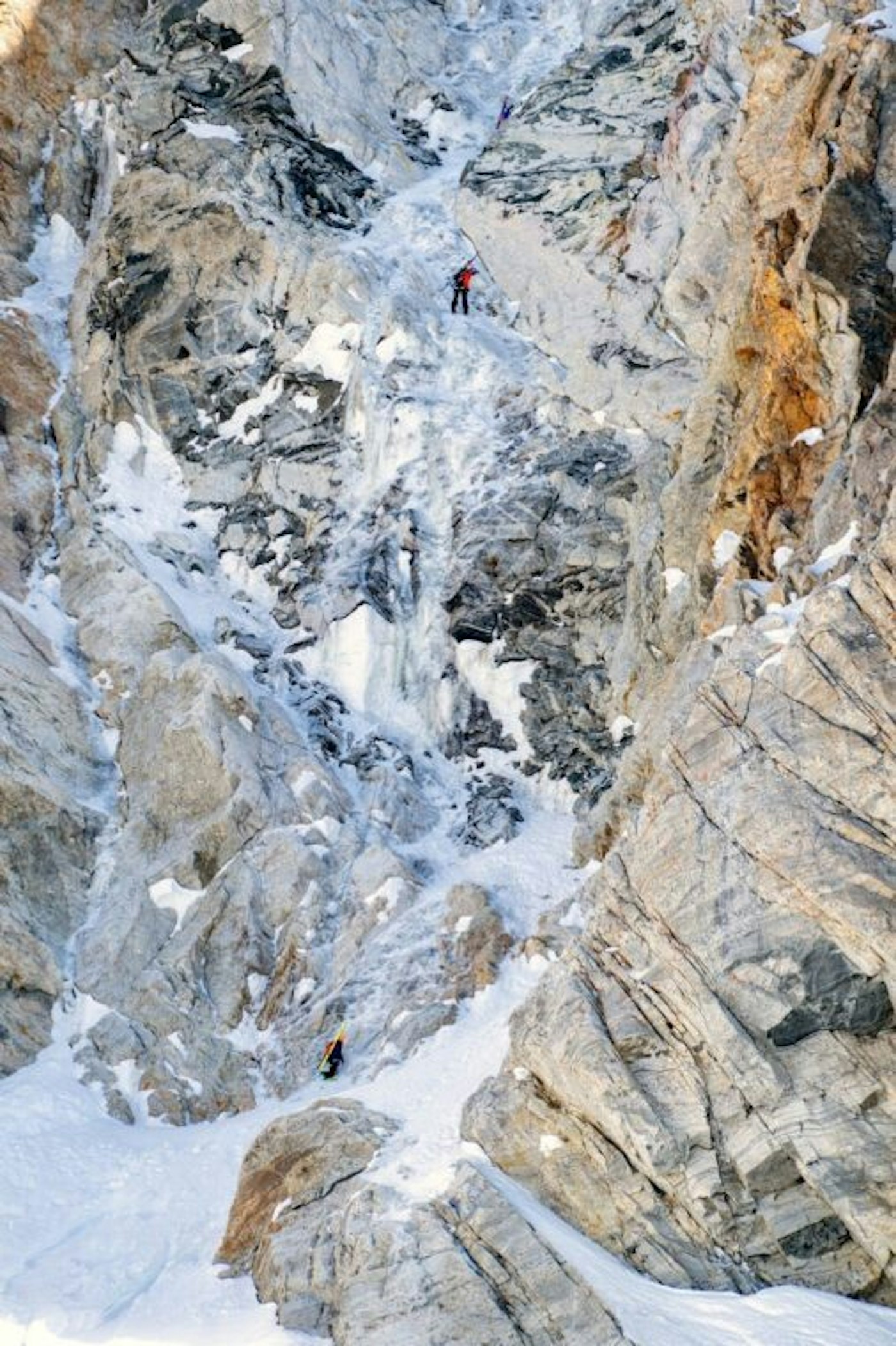
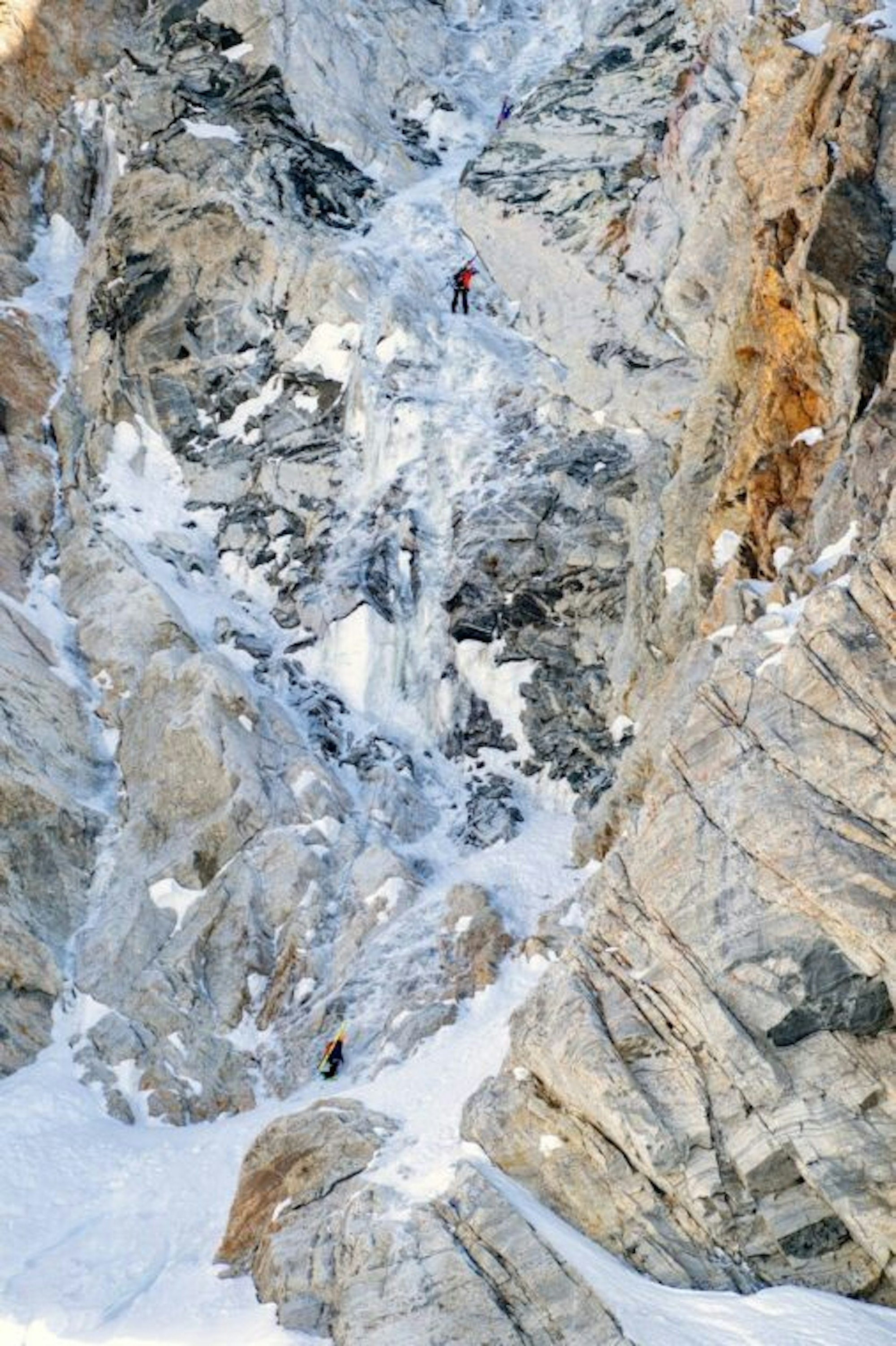
A puckering rappel on the Otter Body route | PHOTO: Chris Figenshau, TGR
Both McNutt and Jones were filming for an upcoming project with Teton Gravity Research during the mission, a project that should be one of the most eye-catching of the year. The group claimed that the success would not have been possible without Workman, however. His knowledge and experience on the route were vital. Oddly enough, he claimed that his years have taught him to, above all else, improvise. Come prepared, but expect no certainties.
“We talked a lot going into this trip about how the best plan is no plan. You do an enormous amount of planning and theorizing about what the weather’s going to do or what the conditions are going to be like, and obviously, that’s an important part of it because you want to set yourself up for success, but then when you actually get in the mountains, a lot of those things could be different,” Workman explained after the mission. “Being really flexible and always being aware that, you know, what you expect is not always what you’re going to get is really important. The deeper your skill set the more you set yourself up for success in dealing with whatever comes your way in the mountains.” Wise words from the seasoned pro.
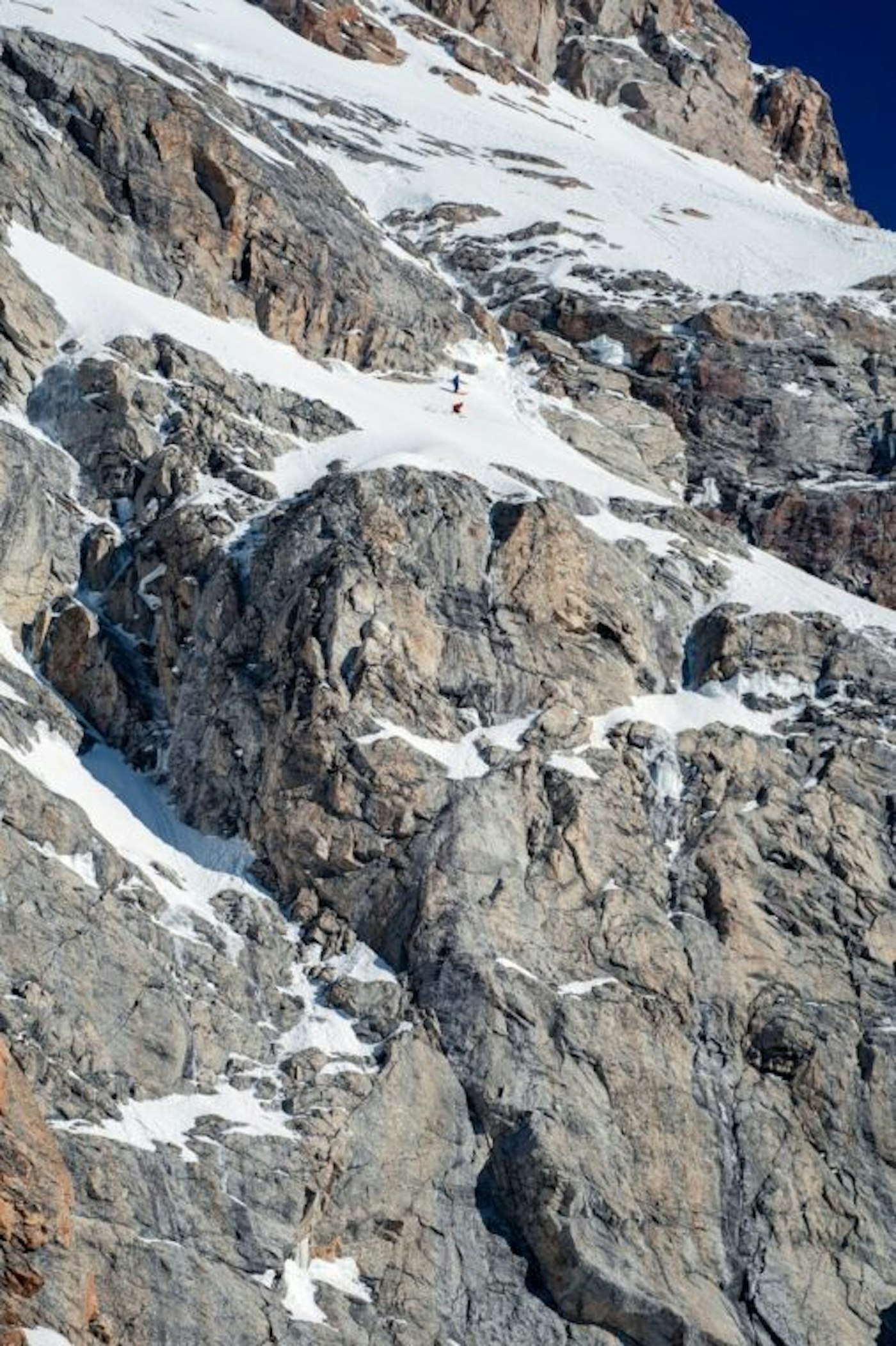
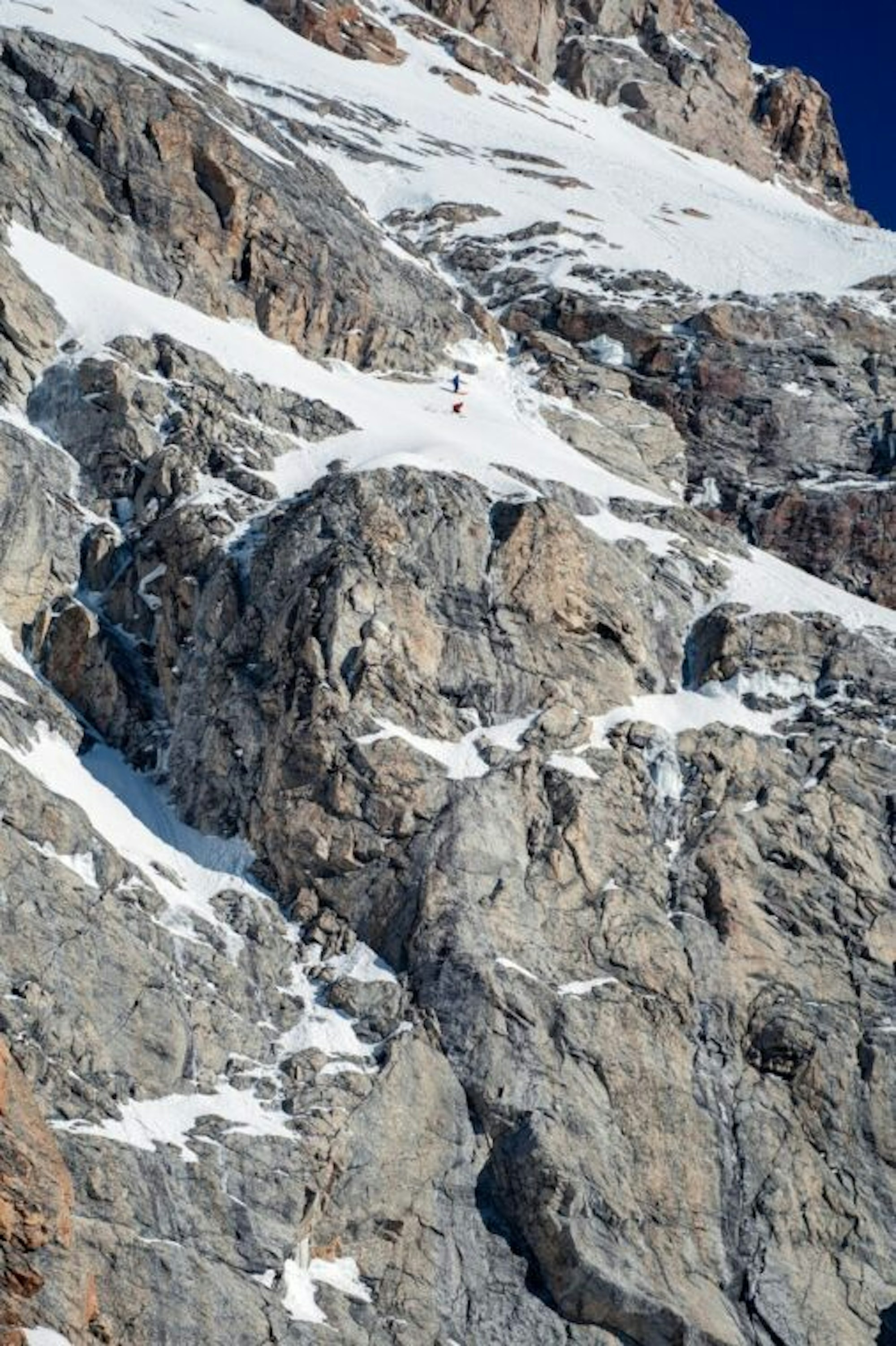
Can you spot McNutt and Jones amongst the madness? History in the making | PHOTO: Chris Figenshau, TGR
FREESKIER extends a deep congratulations to this crew, and to Kai Jones, on such a massive accomplishment. Passing the torch between generations and continuing to learn from the mountains are both crucial parts of skiing, and it’s exactly what we saw here. Keep an eye out for details about the upcoming Teton Gravity Research projects, which will deliver some of the best skiing on earth to the big screen this Fall.

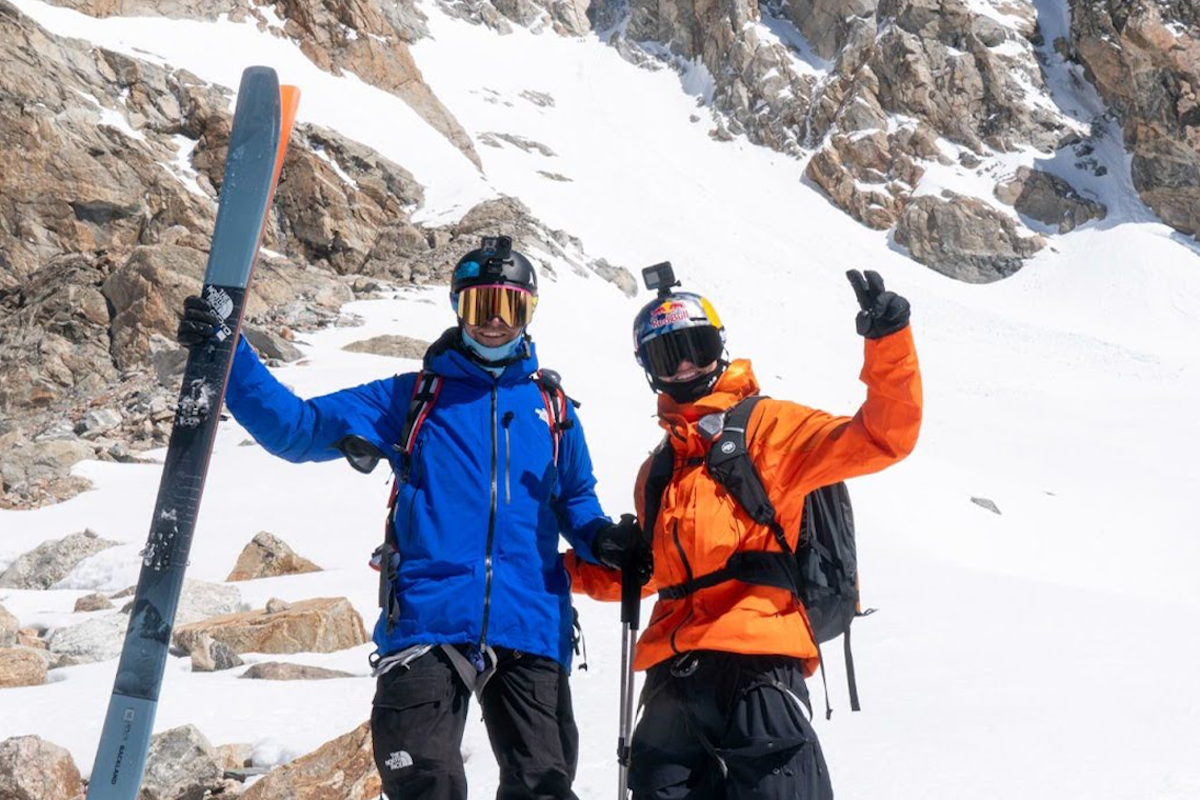

![[GIVEAWAY] Win a Head-to-Toe Ski Setup from IFSA](https://www.datocms-assets.com/163516/1765920344-ifsa.jpg?w=200&h=200&fit=crop)


![[GIVEAWAY] Win a Legendary Ski Trip with Icelantic's Road to the Rocks](https://www.datocms-assets.com/163516/1765233064-r2r26_freeskier_leaderboard1.jpg?auto=format&w=400&h=300&fit=crop&crop=faces,entropy)




![[GIVEAWAY] Win a Head-to-Toe Ski Setup from IFSA](https://www.datocms-assets.com/163516/1765920344-ifsa.jpg?auto=format&w=400&h=300&fit=crop&crop=faces,entropy)


